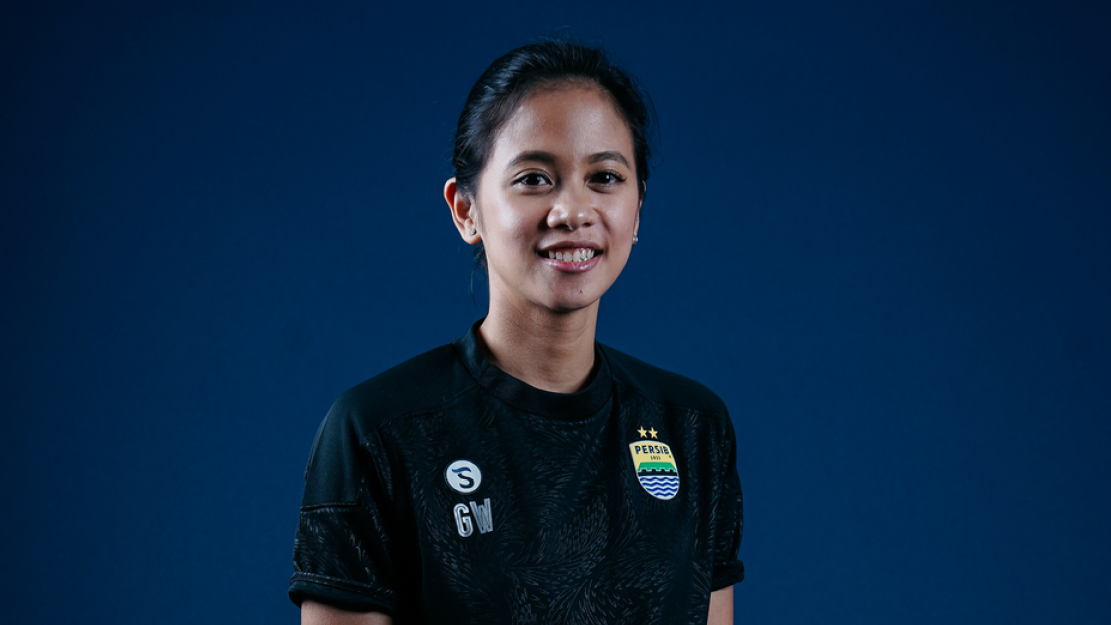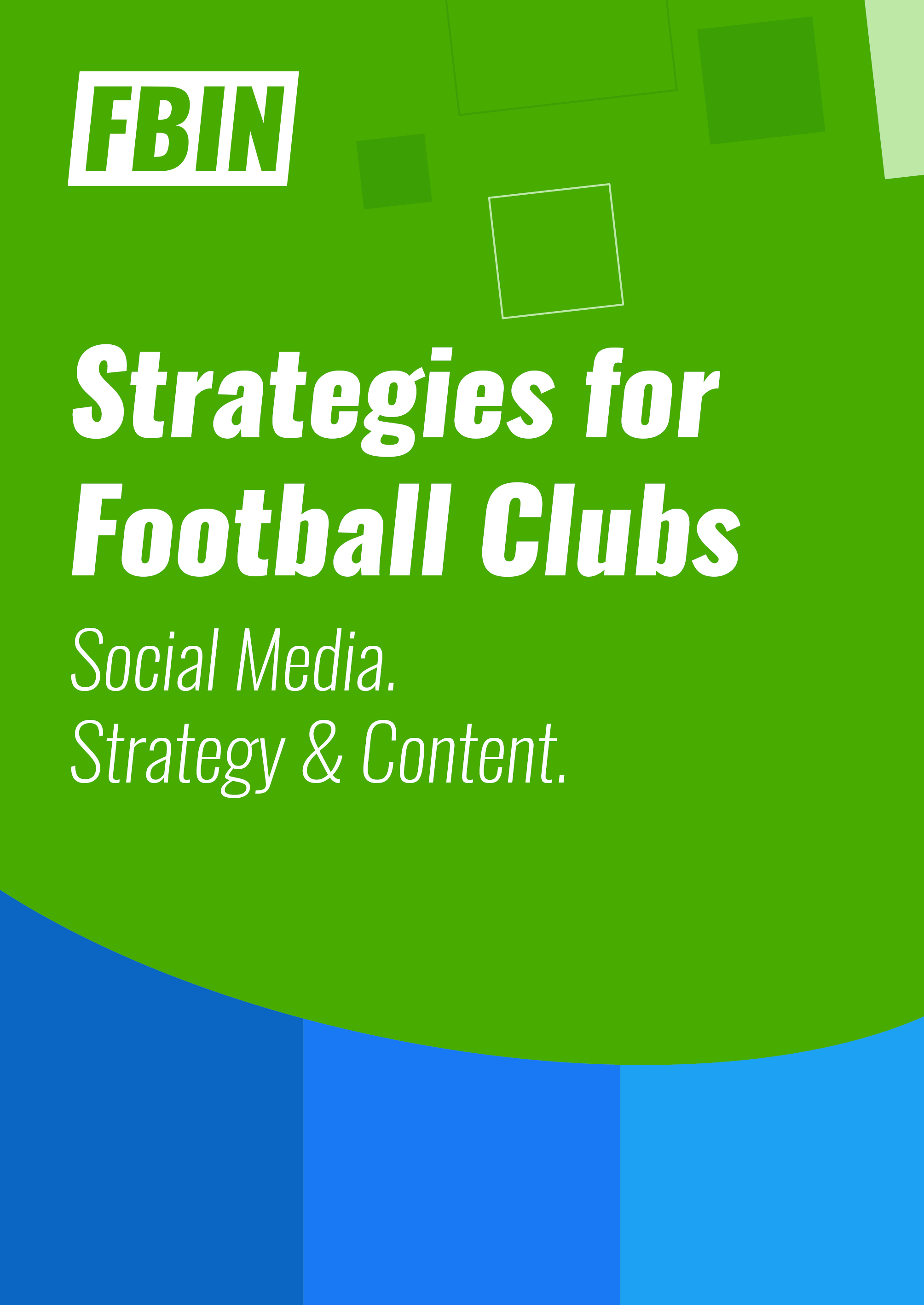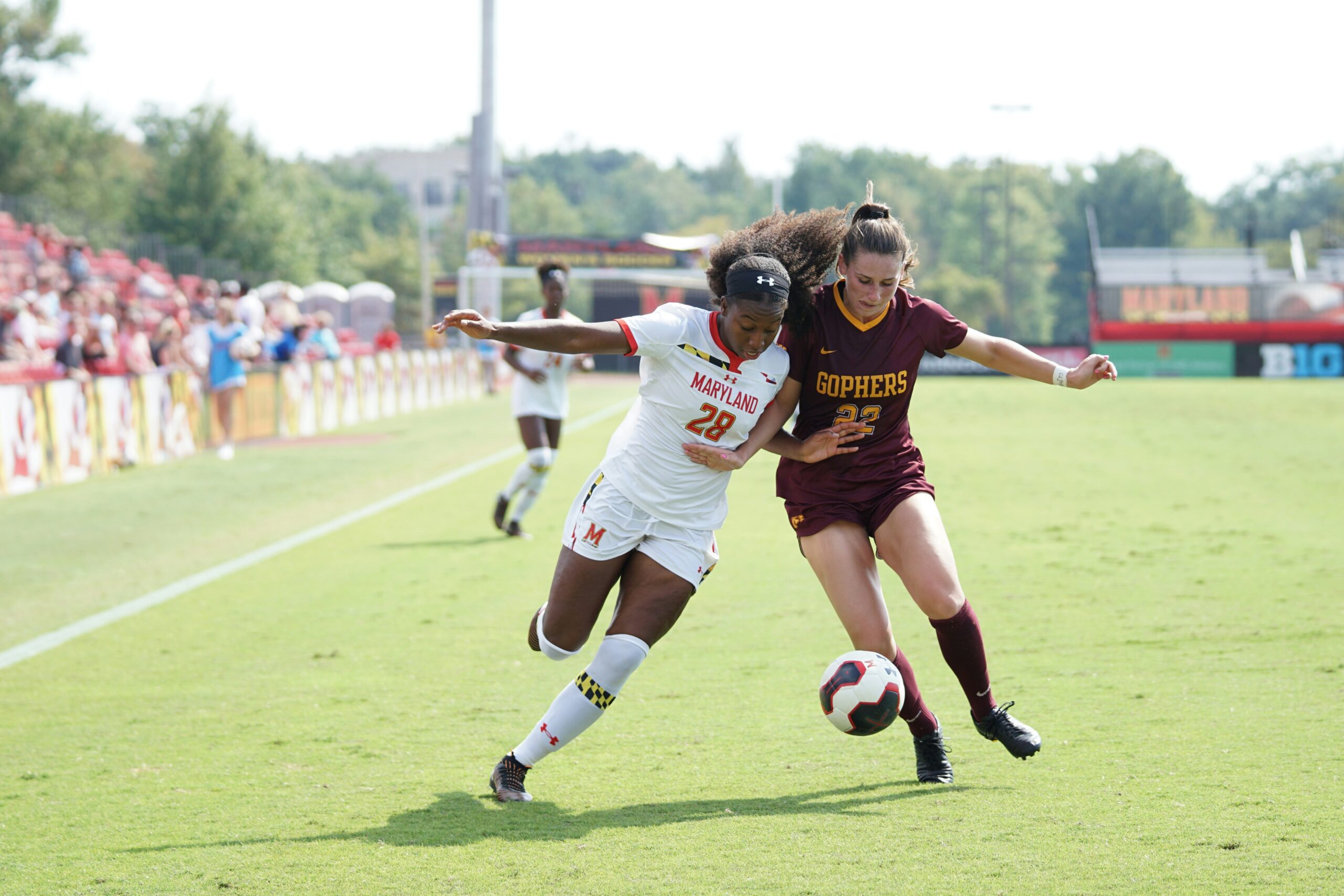FBIN sat down with Gabriella Witdarmono, Commercial Director at PERSIB, one of Indonesia’s biggest football clubs. Recognized for its vast market and growth, Indonesia’s football culture is rich and diverse. Through our conversation, we explored its unique characteristics, common challenges, and the elements of success, all shared by an Indonesian native and a top executive in her field of work.
By Quang T. Pham
How do you see the trend of football internationalization shaping up in Southeast Asia, especially in Indonesia?
I believe that, like any industry, Southeast Asia is one of the fastest-growing economies in terms of GDP and growth. Especially in Indonesia, where around 50% of our population consists of young people. Moreover, about 70% of the population has an interest in football. So, the appetite and opportunity are both there. We have observed an increasing number of teams coming into Southeast Asia, whether it’s for fan experiences or friendly matches. For instance, PERSIB recently had a friendly match with the Borussia Dortmund legends and all-stars. The broadcast timings also reflect this trend. We’ve noticed how the English Premier League is adjusting its schedule to cater more to the Southeast Asian market.
What are some of the unique characteristics of the football culture in Indonesia?
Interestingly, local football still has a significant appeal to the local market. One of the most distinct characteristics is (1) its accessibility. With local leagues, matches are available on regular TV channels, whereas for leagues like the EPL or other global leagues, fans often need to rely on OTT platforms. (2) Pricing sensitivity remains a significant factor in Indonesia. However, the organic passion for football is incredibly strong here, as it’s the number one sport. (3) The country’s collectivist culture means that fans express their fandom collectively, making them louder and more expressive. For clubs like PERSIB, football is akin to a religion for many fans. It’s a legacy passed down from generation to generation, becoming a form of social currency.
What are the success factors for clubs/brands to appeal to Indonesian football fans?
The first factor is access and distribution. Without broadcasting at the right time or using the appropriate platform in Indonesia, it is challenging for any league to expand its fan base significantly.
Secondly, local partnerships are crucial. Given Indonesia’s extremely diverse demographics, each region has its distinct culture and interaction methods. Since football offers something intangible rather than a tangible product or service, local partnerships assist in segmenting the target audience. They help in localizing promotions and ensuring relevance to the potential market.
Lastly, continuity is vital. Given the schedules of global brands, the challenge is maintaining regular touchpoints with the local audience. While we’ve seen global teams create content for events like celebrating our Independence Day, the question remains: how can they engage more deeply and consistently with the local audience?
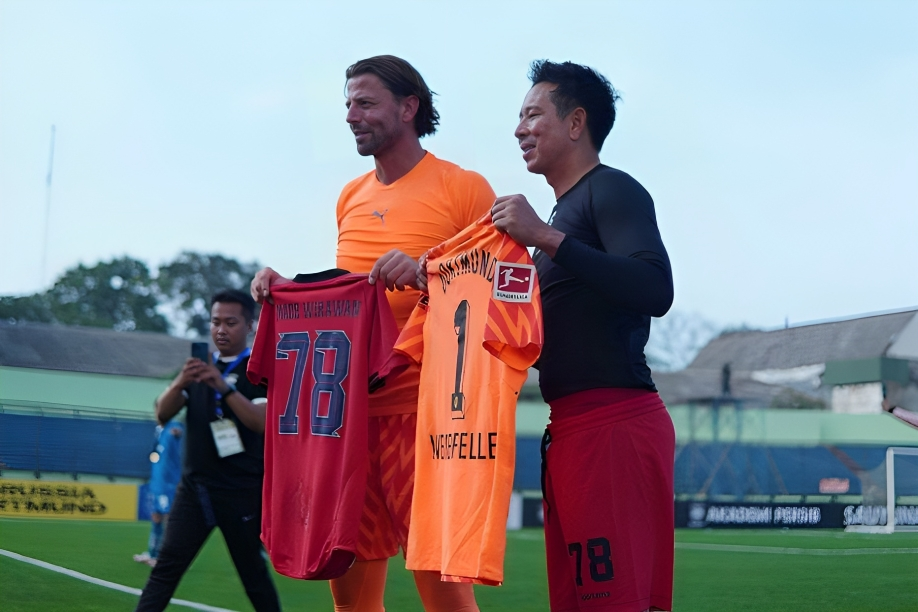
What are the common challenges to win this market from both a global perspective and through the lens of a local club like PERSIB?
From a global perspective, the football industry in Indonesia, and broadly in Asia, is still developing compared to the mature markets in Europe. Infrastructure is another challenge. Not every team owns a stadium; many share facilities. Even dedicated training spaces are scarce, making operations difficult.
From a local perspective, there’s a noticeable talent gap, both in the sporting teams and the management, who truly understand the industry and execute the plans efficiently. Moreover, football is deeply rooted in our identity, leading to resistance against change or modernization. The sport’s traditionalism poses the challenge of balancing innovation while gradually aligning fans with the club’s vision and goals. Historically, football clubs were government-funded, fostering a strong sense of ownership among the public. Transitioning from this mindset to accepting privatized, professional clubs is a hurdle. Some fans, particularly the traditionalists, still cling to old narratives, resisting change.
What is PERSIB’s USP and internationalization strategy?
We are fortunate in that our fan base is both diverse and vast. In fact, PERSIB represents an entire province, West Java, rather than just a city. This “Sundanese culture” means that anyone born in, or connected to West Java, often becomes a PERSIB fan. These fans are global; for instance, one of our community members even has a shop in Japan.
Our league’s foreign player slots have also attracted international attention. We’ve had players from the Netherlands, Spain, and even engaged with stars like Luis Milla, famous for his time with Barcelona and Real Madrid.
To further our international reach, we’ve sent players to various Southeast Asian countries to connect with fans. It’s about providing access, whether it’s watching our games or buying merchandise. That’s our starting point before we think bigger.
PERSIB recently had a friendly match with Borussia Dortmund. Do you view this as part of your internationalization efforts?
Absolutely. This isn’t the first time we’ve engaged in such a match. One of the primary objectives when collaborating with bigger clubs is not just gaining exposure but also learning best practices from them. For them, the goal might be expanding their fan base in Indonesia, but for us, it’s about much more than just exposure. In terms of next steps, we aim for ongoing engagement with various clubs to help us structure, plan, and strategize different facets of our own club. In the past, We previously collaborated with Inter Milan, for instance, to build our academy. Still, our primary goal is to put the Indonesian league on the global map, and that’s one of the reasons we invite such esteemed teams to collaborate with us.
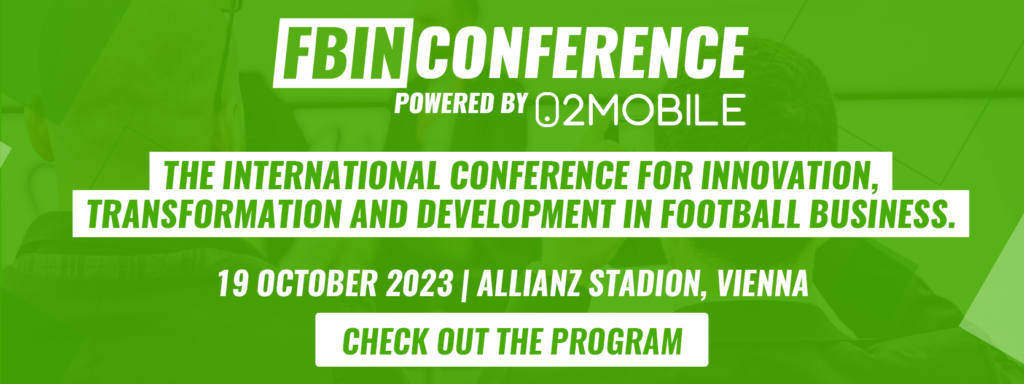
Can you share the club’s future plan and its role in Indonesian football over the next decade?
We consider ourselves market leaders in this region, not just in Indonesian football but in sports at large. The way our engagement and player management strategies have been replicated across various sports clubs. Still, we recognize that at the end of the day, we’re also in the entertainment business. Our goal is to remain at the forefront of fan engagement. We want to be present in every aspect of our fans’ experience, whether they’re watching a late-night match or scrolling through social media.
Infrastructure is a primary focus for us. Establishing a solid foundation with state-of-the-art stadiums and training facilities is crucial. We’re also leaning heavily into data-driven decision-making, from marketing strategies to other operational aspects. In this digital age, harnessing data is imperative. However, this shift also presents challenges. For instance, while many clubs still rely on traditional ticket sales, we have gradually transitioned to an online ticketing system. This not only modernizes the purchasing process but also enhances security and tracking within the stadium.
What has been your experience of being a female professional in the male-dominated industry of football?
As cliché as it might sound, it’s truly a “follow your heart” journey. When you’re driven by a greater purpose, you’ll find a way to overcome challenges, no matter how daunting they seem. It’s essential not to be afraid to challenge stereotypes. Often, as women, we might feel we’re the ones limiting ourselves, thinking, “Oh, no one has done this before.” But in a male-dominated industry, it’s crucial to remember that traditional norms don’t dictate our potential. So, always believe in yourself, regardless of industry expectations.


 Upgrade to Premium Now
Upgrade to Premium Now
